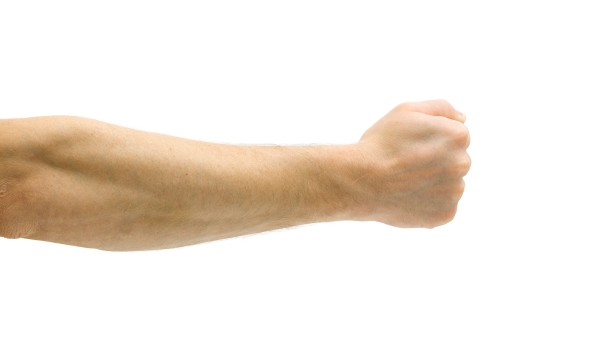Third Class Levers

Want to find out what a 3rd class lever in your body is? Why it's important and how it works to help your body move? Read on...
3rd class levers are the most common levers, why?
Although we use 3rd class levers more than any others in the human body, they in fact offer no mechanical advantage thus, regardless of where you apply the force, the force you apply must always be greater than the force of the load.
So why does the human body rely so much upon 3rd class levers to initiate movement? The answer is simple convenience.
How Does a 3rd Class Lever Work?
In 3rd class levers, the fulcrum is at one end of the lever, the load at the other end, and you apply force in between in this case the force is the muscle. Although the force is applied in the middle, the muscle attachments are usually close to the joint.
The beauty of it is that the load moves in the same direction as the force you apply, which is convenient. These levers work well in situations where speed and good range of motion are required.
According to the laws of physics, as the length of the lever increases, the possible speed increases but so does the force required to produce it.
Example of a Third Class Lever.
A good example of this in the human body is the forearm while a longer forearm moves the hand more quickly, it nonetheless requires more force (muscle) to move than a shorter forearm.




